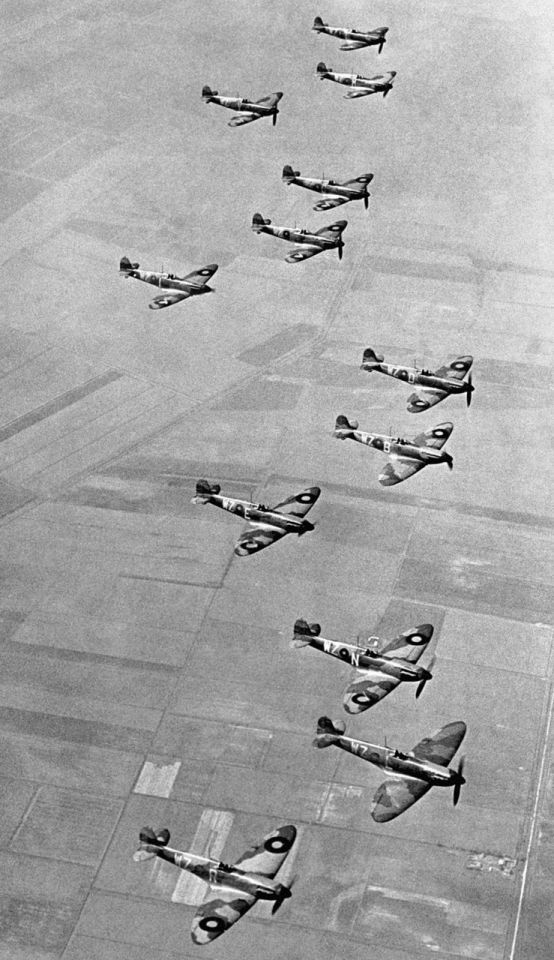Mar 2025
The Evolution and Future of Autonomous Drones

Introduction
The development of autonomous drones represents one of the most significant technological advancements in modern warfare. Beginning with early experimental UAVs in the mid-20th century, the field has evolved towards increasingly sophisticated AI-driven systems.
Historical Development of Autonomous Drones
The United States began investigating autonomous drones as early as the 1960s, primarily for reconnaissance and surveillance missions during the Cold War. These early UAVs were rudimentary, requiring significant human oversight and limited by available computing power. Over the decades, advancements in AI, sensor technology, and networking enabled drones to transition from passive reconnaissance tools to active participants in combat.
Key Historical Moments and Breakthroughs
- 1960s - Early UAV Experiments: The Ryan Model 147 Lightning Bug was used for reconnaissance over Vietnam and China.
- 1980s - Development of Predator's Predecessors: The U.S. and Israel developed early UAVs like the RQ-2 Pioneer, used in the Gulf War.
- 1990s - The Rise of the MQ-1 Predator: Introduced armed drone warfare, revolutionizing aerial combat.
- 2001 - First Armed Drone Strike: The first lethal drone strike was conducted in Afghanistan.
- 2010s - Expansion of Drone Warfare: AI-assisted UAVs, like the MQ-9 Reaper, became integral to modern military strategies.
- 2018 - AI in Dogfighting: DARPA's ACE program saw AI outperforming human pilots in simulated dogfights.
- 2022 - AI-Driven Drone Swarms: Autonomous drone swarms showcased coordinated attack capabilities.
The Role of Air Superiority in Modern Warfare
Air superiority has become the dominant factor in modern warfare, shaping the outcomes of conflicts by controlling the battlespace from above. Nations that establish air superiority gain significant strategic advantages, including intelligence gathering, rapid strike capabilities, and suppression of enemy defenses.
Key Aspects of Air Superiority:
- Control of the Battlespace: Dictates conflict tempo, allowing offensive dominance.
- Force Multiplication: Enhances ground forces via reconnaissance and precision strikes.
- Suppression of Enemy Air Defenses (SEAD): Disrupts enemy radar and missile sites.
- Unmanned Capabilities: Extends operational reach without risking human lives.
Real-World Examples:
- The Gulf War (1991): U.S. established air dominance, leading to a swift victory.
- The Kosovo War (1999): NATO's air campaign forced a surrender without ground troops.
- Nagorno-Karabakh Conflict (2020): Azerbaijan used drones to dominate the battlefield.
- Ukraine-Russia War (2022-Present): UAVs reshaped modern warfare strategies.
Key Breakthroughs Needed for Full Autonomy
- Advanced AI Decision-Making: AI must develop real-time combat reasoning capabilities.
- Trustworthy Human-AI Collaboration: Explainable AI is needed for reliable decision-making.
- Swarm Intelligence: Coordination of multiple autonomous drones in real-time.
- Next-gen propulsion & energy systems: Extended flight times and increased payload capacities.